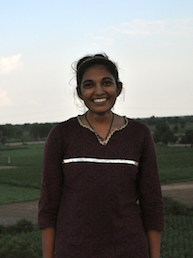Does restricting subsidised power and water supply reduce growth? Evidence from the dark zones of Gujarat
The provision of heavily subsidised electricity to agricultural consumers in India is widely considered to be a major choke on India's energy sector. Most state governments resort to rationing the duration or access to agricultural power supply, with little information on the associated trade-offs and the impacts on growth.
This study will investigate the impacts of one such policy pursued by the government of Gujarat, which restricts new connections to agricultural consumers in certain parts of the state, called Dark Zones, in which overpumping of groundwater was determined to endanger the resource critically. We will utilise the spatial discontinuity in the design of the programme to provide evidence on several important issues related to electricity use and structural transformation in India.
First, we will examine the consequences of reduced electricity supply on the extent of irrigation and cultivation, using newly available village-level remotely sensed data on the irrigated area. The answer will provide important insight on the agricultural returns to subsidised electricity supply. Second, we will use the results to shed light on an important, question for which causal evidence is scarce: what are the impacts of changes in agricultural productivity on labour force composition, migration and urbanisation, and non-agricultural growth in rural areas.
Our analysis will exploit the sharp spatial definition of dark zones, alongside detailed geo-referenced, state-wide, village-level data on irrigation labour force composition, and other indicators of development (census of industries, night lights, BPL census) as well as the primary household level we will collect as part of the study.
We will also complement the analysis of secondary data with a household survey to gain deeper insights into the mechanisms driving the results.




